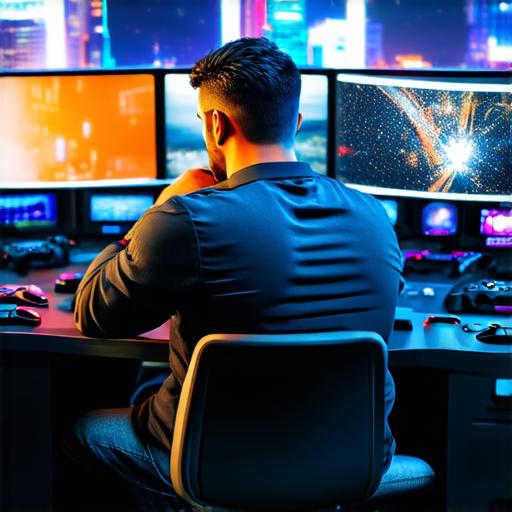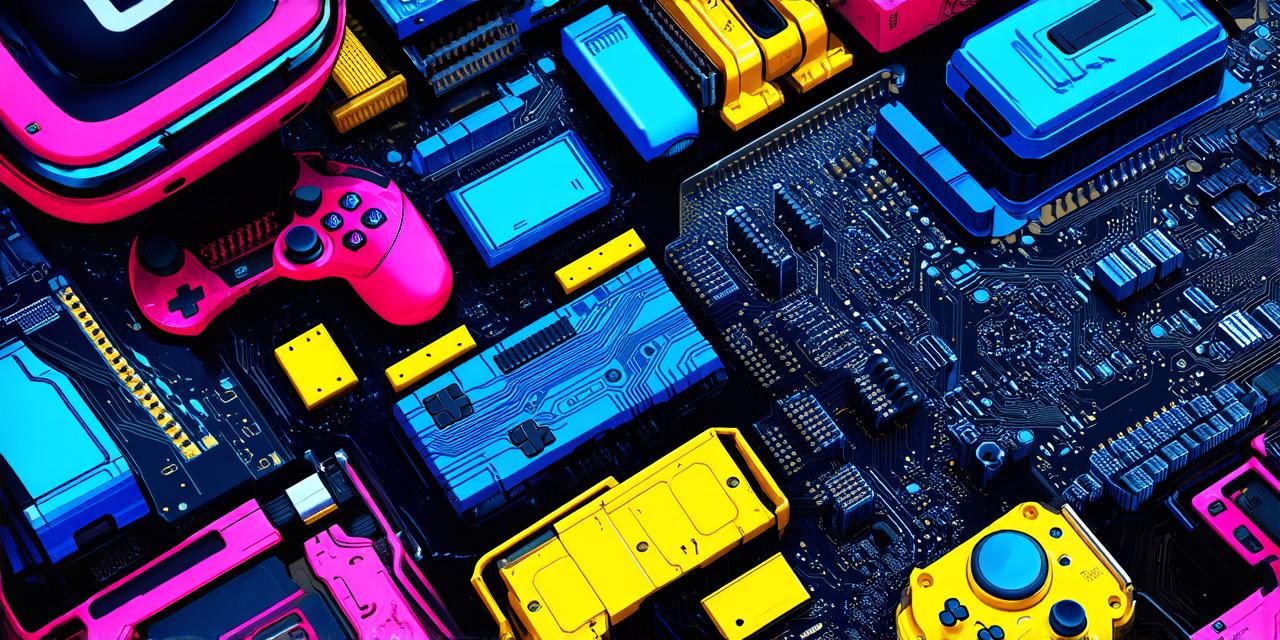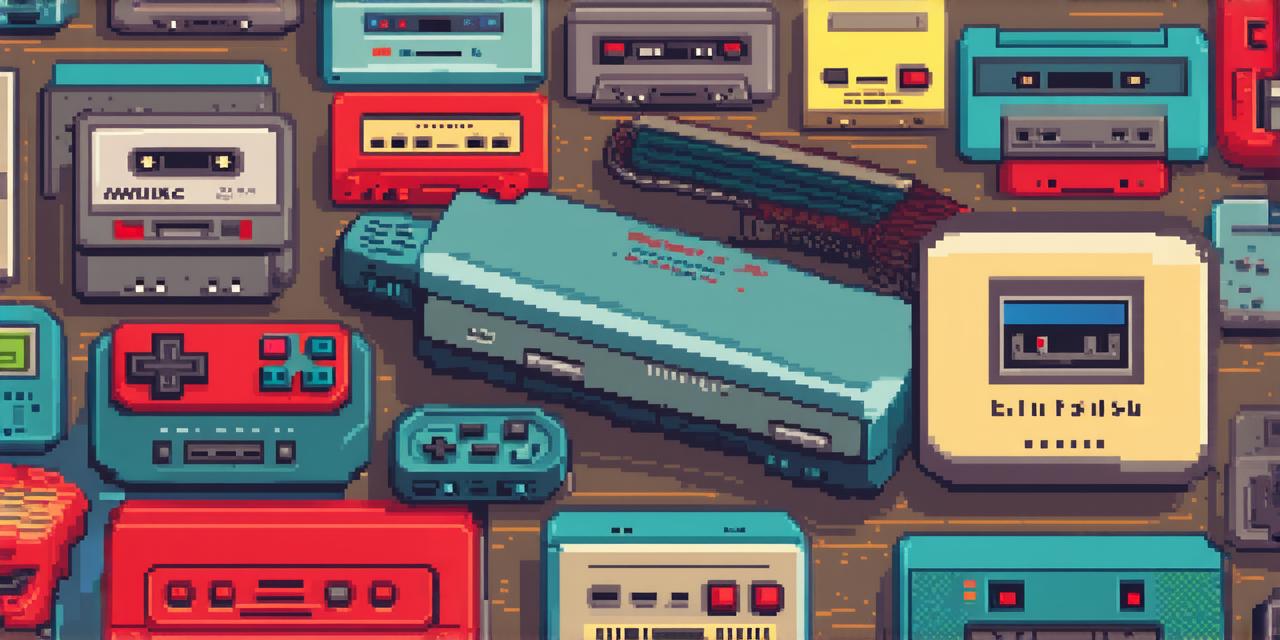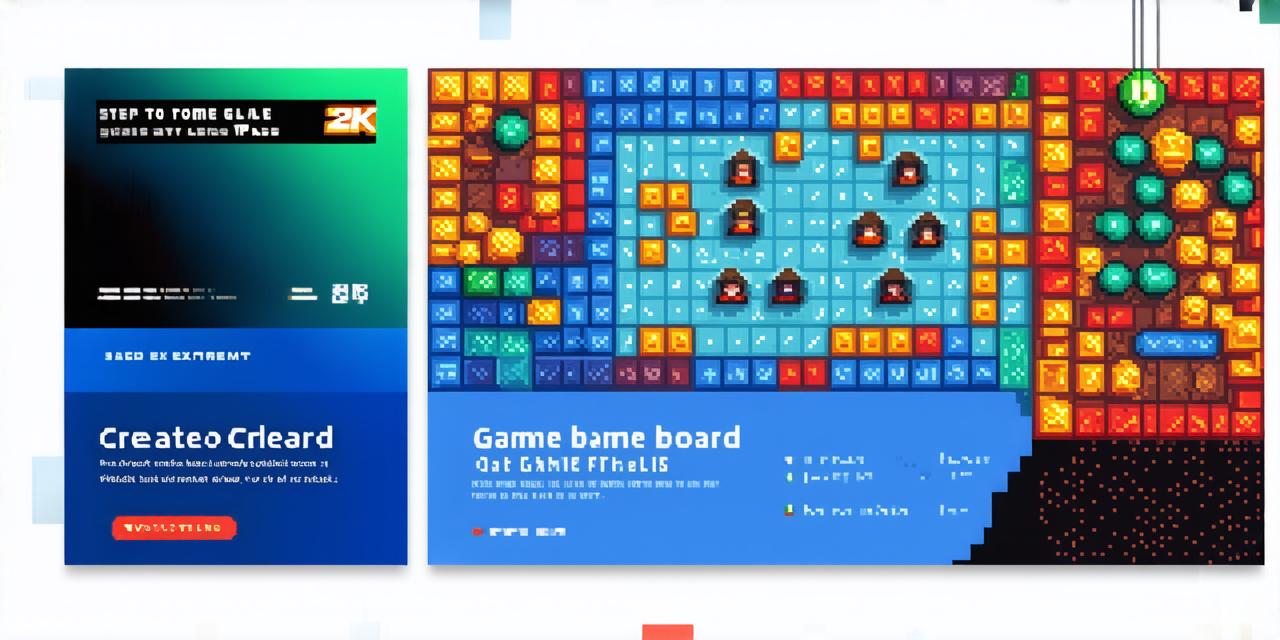Introduction:
Video game design is a highly specialized field that requires creativity, technical skills, and a deep understanding of gaming culture. In this guide, we will explore the various roles and responsibilities of video game designers, as well as the tools and techniques they use to create immersive and engaging games. We will also discuss the importance of collaboration and communication in the design process, as well as the ongoing challenges and opportunities facing the industry.
The Roles and Responsibilities of Video Game Designers:

Video game designers can work in various roles and specializations within the industry, including game production, game programming, game art, game writing, level design, and more. However, some common responsibilities shared by most video game designers include:
- Conceptualization: This involves brainstorming and developing ideas for new games or game features, often in collaboration with other members of the design team.
- Prototyping: This involves creating early versions of game mechanics and systems to test and refine them before they are fully integrated into the game.
- Iteration: This involves constantly testing and refining game mechanics and systems based on feedback from players and stakeholders.
- Documentation: This involves creating design documents, flowcharts, and other visual aids to communicate game design concepts to other members of the team.
- Collaboration: This involves working closely with other members of the design team, including programmers, artists, writers, and producers, to bring game ideas to life.
Tools and Techniques for Game Design:
There are many tools and techniques that video game designers use to create engaging games. Some common ones include:
-
Unity: A popular game engine used for creating 2D and 3D games across various platforms.
- Unreal Engine: Another popular game engine used for creating high-performance, high-quality games.
- GameMaker: A beginner-friendly game development tool that uses a drag-and-drop interface to create games quickly and easily.
- Art programs like Photoshop and Blender: Used for creating game art assets such as characters, environments, and animations.
-
5. Scripting languages like C++ and Python: Used for programming game mechanics and systems.
- User research: Conducting surveys, interviews, and focus groups to gather feedback from potential players and stakeholders.
- Playtesting: Testing early versions of the game with a small group of people to identify areas for improvement.
Challenges and Opportunities in the Game Design Industry:
The video game design industry is constantly evolving, presenting both challenges and opportunities for designers. Some common challenges include:
- Keeping up with changing technology: The rapid pace of technological advancements means that game designers must continuously learn new tools and techniques to stay competitive.
- Meeting player expectations: Players expect high-quality games that are engaging, challenging, and fun. Designers must constantly strive to meet these expectations while also pushing the boundaries of what is possible in gaming.
- Collaborating with a diverse team: Game design requires collaboration with members from various disciplines, including programming, art, writing, and production. Designers must be able to effectively communicate their ideas and work well with others to bring games to life.
Opportunities in the game design industry include:
1. Growing demand for video games: As technology advances and gaming becomes more accessible, there is a growing demand for video games across various platforms. This presents an opportunity for designers to create new and innovative games that capture the imagination of players around the world.
2. Increasing diversity in gaming: The gaming industry is becoming more diverse, with more women, people of color, and LGBTQ+ individuals entering the field. This presents an opportunity for designers to create games that reflect the experiences and perspectives of a wider range of people.
3. New platforms and technologies: The advent of new platforms and technologies, such as virtual reality and augmented reality, presents opportunities for designers to create entirely new types of games that were previously impossible.



